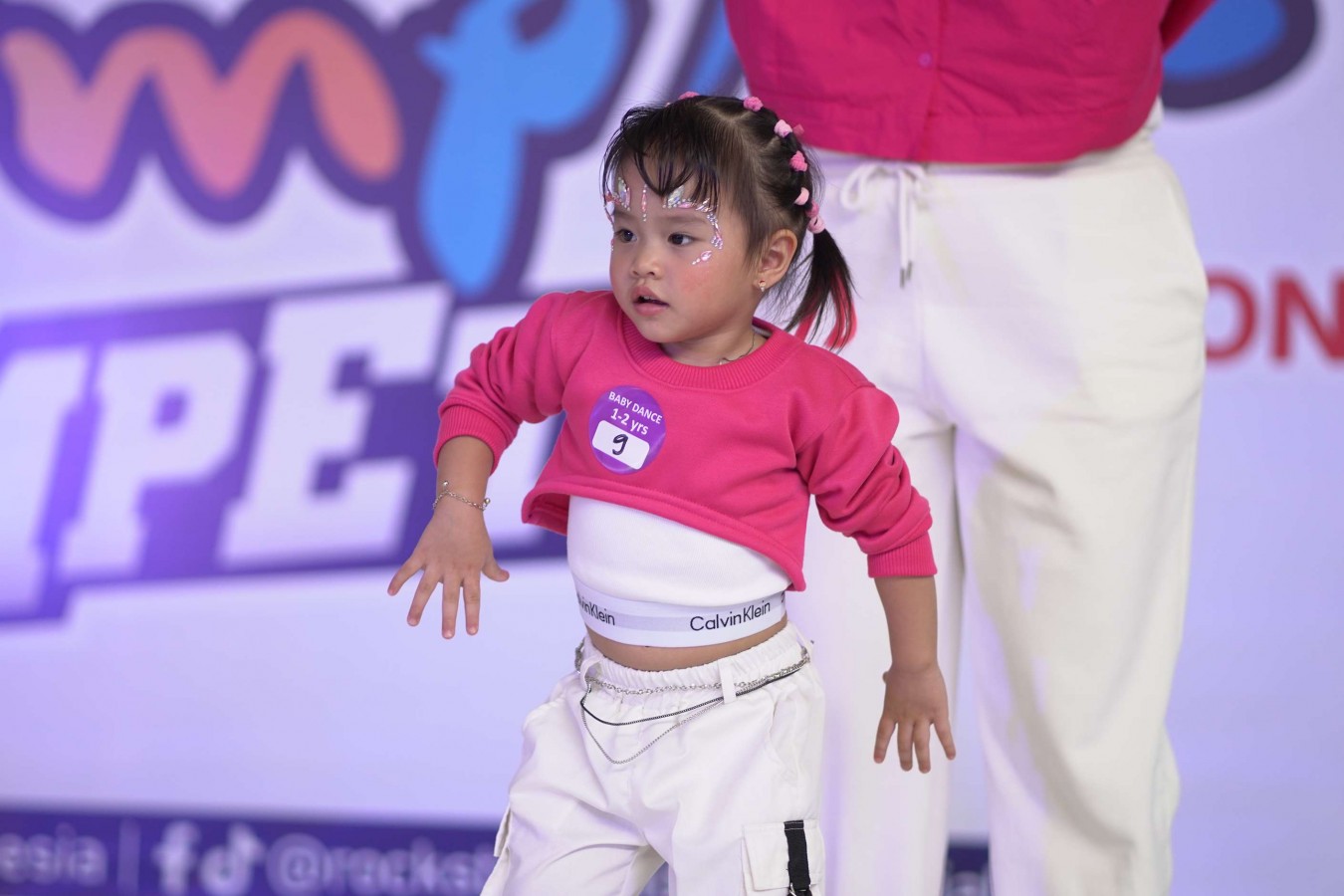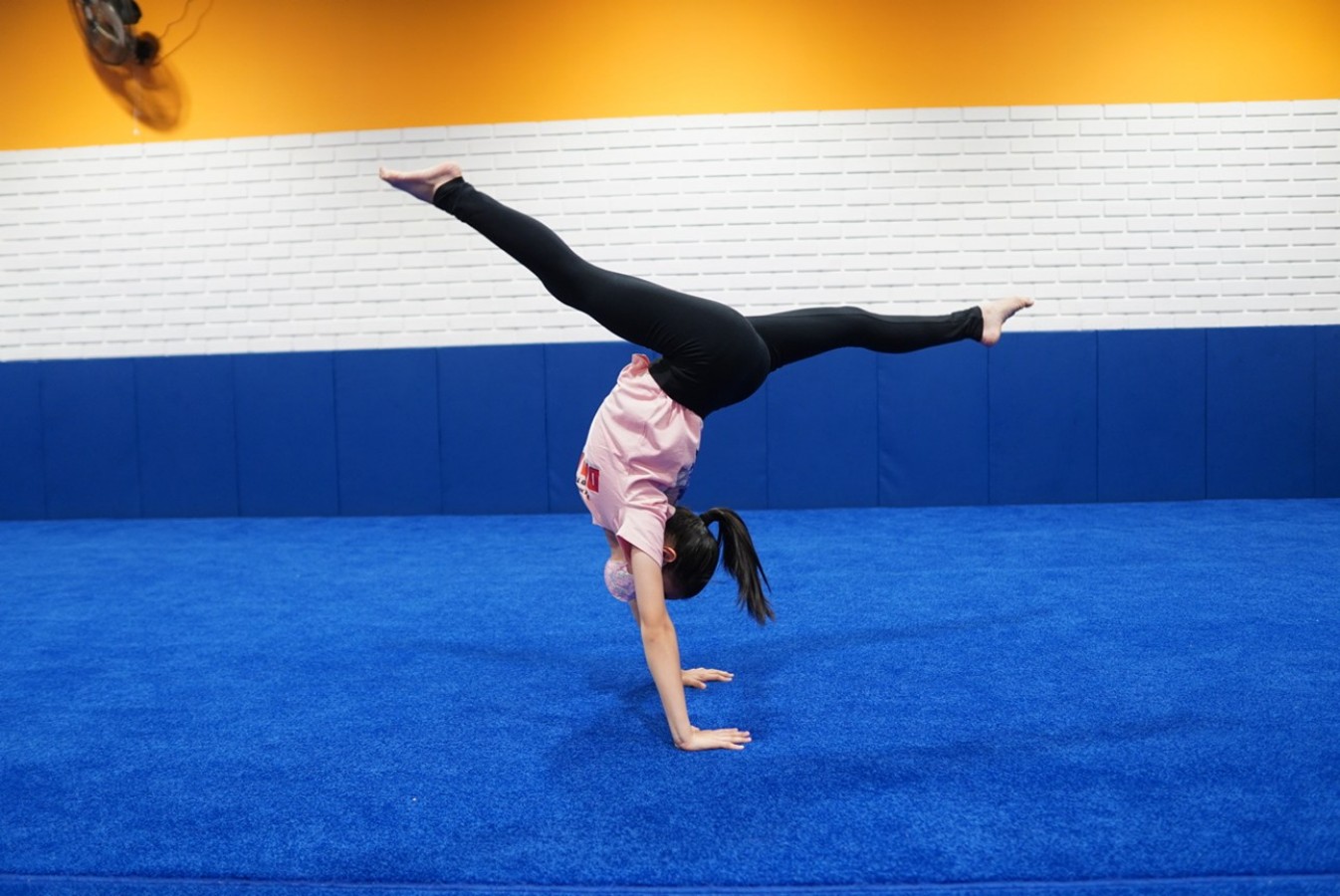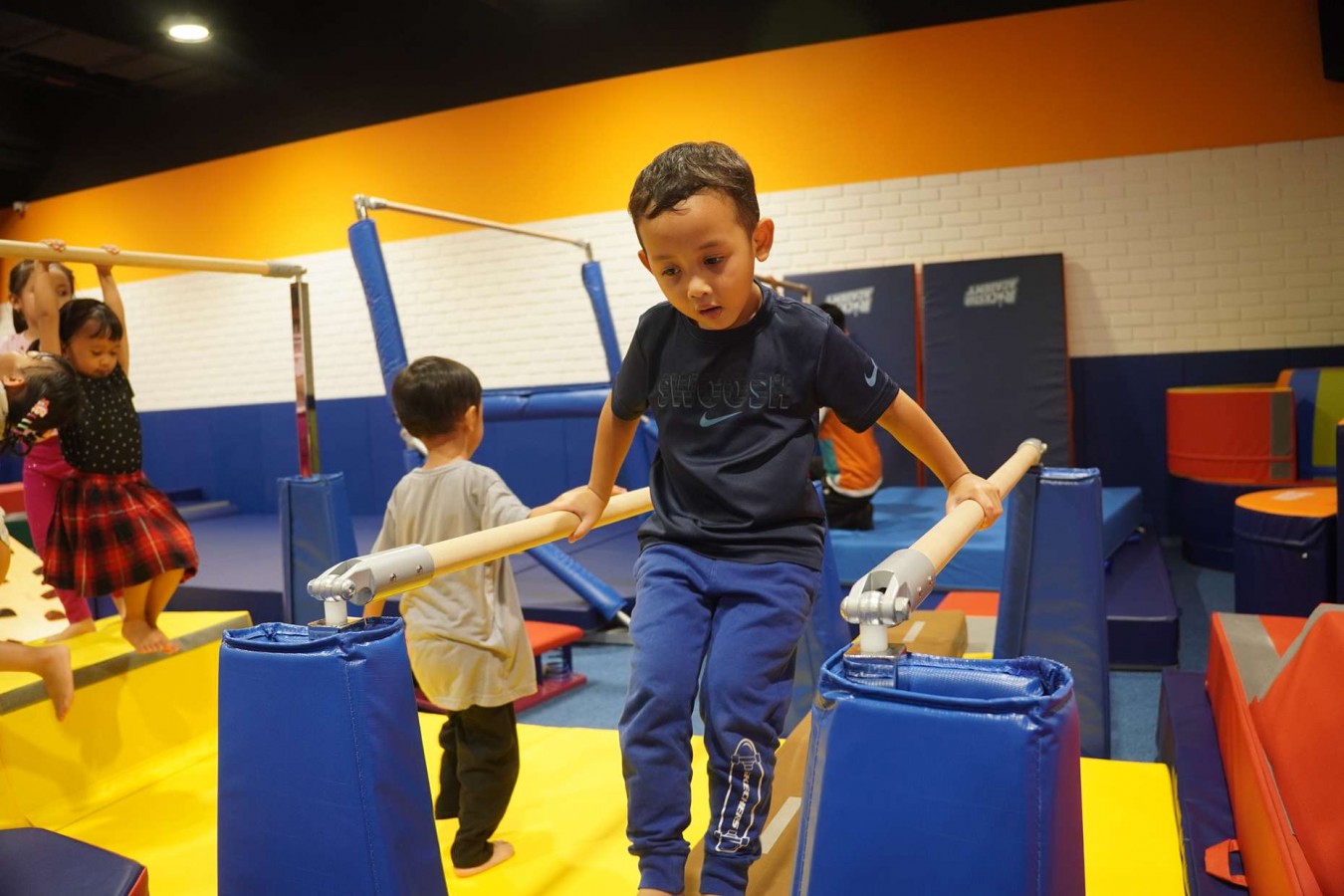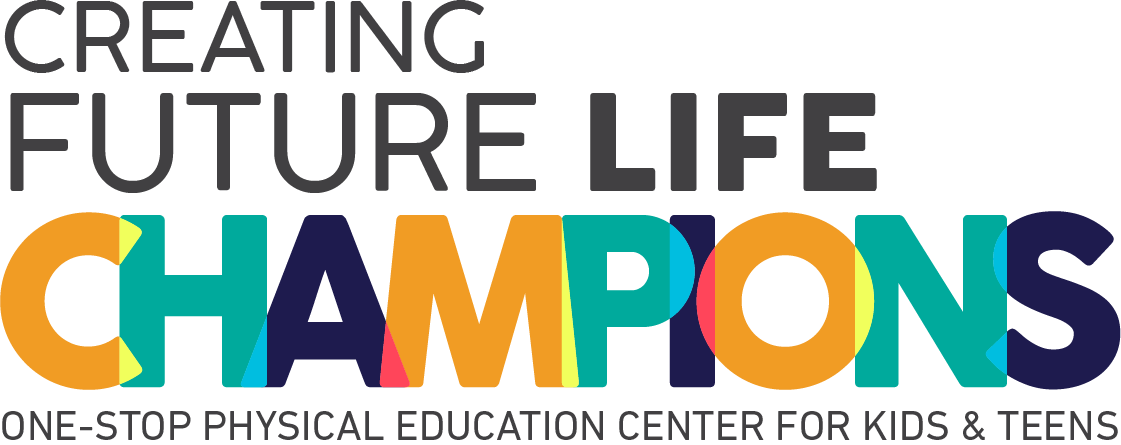Settling Activities for Preschoolers: Building Confidence in a New Environment
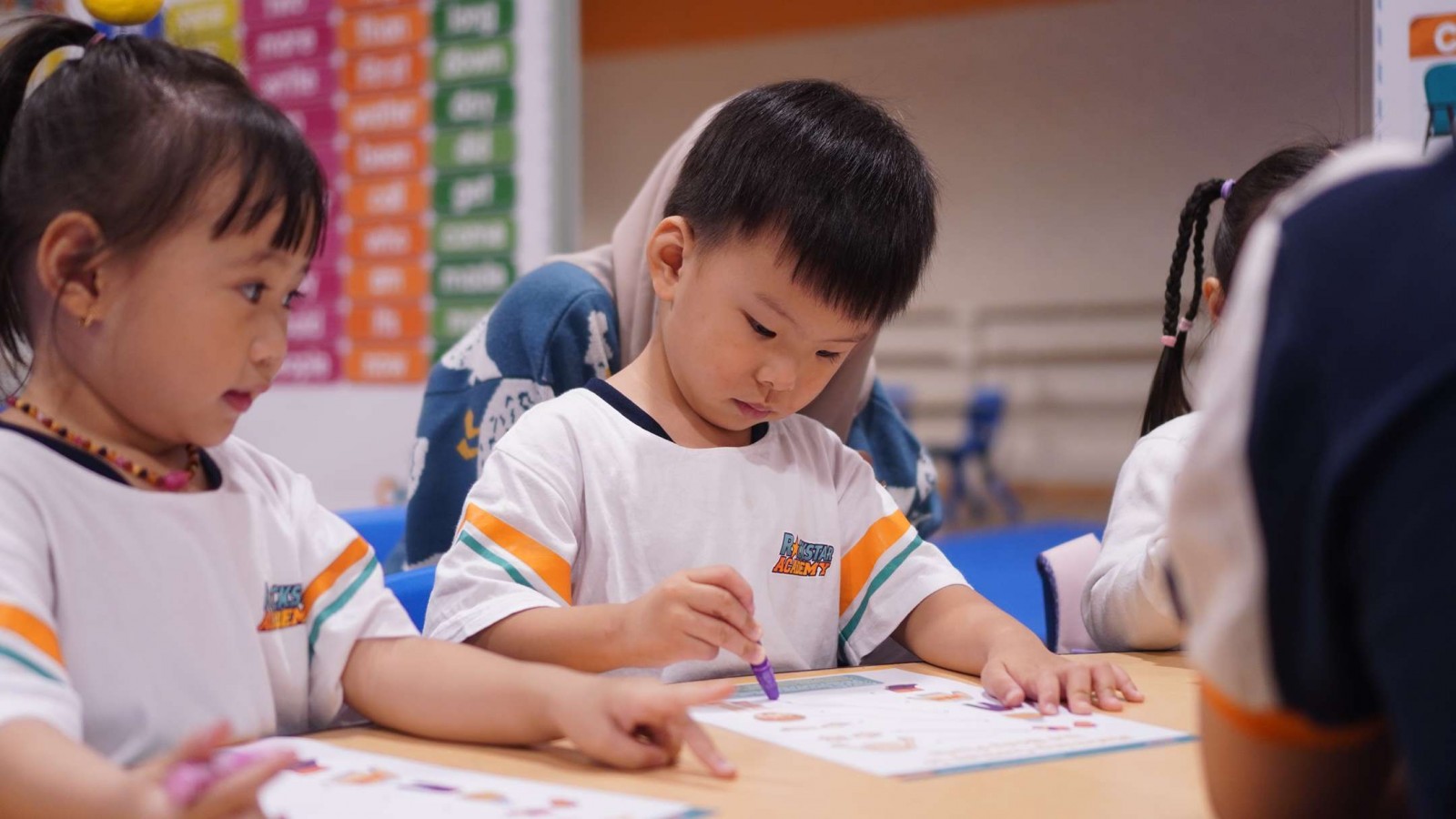
"Yay! I’m going to preschool!" That’s what every parent hopes to hear on their child’s first day. But let’s be real, not every child feels that enthusiastic at first. Starting preschool is a big step for little ones (and for parents too). While it's exciting, it can also feel overwhelming. That’s where settling activities come in!
These are fun, engaging, and comforting activities that help preschoolers ease into their new environment and build confidence during this important transition. In this article, we’ll explore how to support a smooth start, a checklist for parents to prepare their kids for school, and a list of fun, practical tips and activities that make settling into preschool a positive experience for your child.
Why Settling In Matters for Preschoolers
The first few days (or even weeks) of preschool set the tone for your child’s early school experience. A smooth transition helps:
- Reduce anxiety or fear of separation.
- Encourage curiosity and positive social interactions.
- Build a strong foundation for learning and independence.
Children thrive in routines and familiarity. The key to helping them feel safe in a new place is making preschool feel like an extension of home.
How to Have a Smooth Transition: What You Can Do as a Parent
Transitioning to preschool is a big deal, not just for your child, but for you too. It’s totally normal to feel a mix of excitement, nervousness, and maybe even a few tears (from both sides). But the good news is: you can make this change smoother and more joyful with the right prep.
Here’s a few tips you can try:
1. Talk About Preschool in a Positive Way
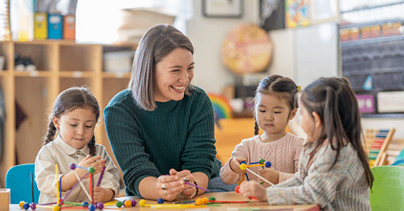
The way you talk about preschool can shape your child’s entire outlook on starting school. If you speak about it with excitement and positivity, your child is more likely to feel the same way.
Instead of saying something like, “You have to go to school soon,” try saying, “Guess what? Soon you’ll get to go to preschool where there are new toys, new friends, and so many fun games!” Your enthusiasm will be contagious.
Pretend play is another great tool. You can set up a mini preschool at home using stuffed animals or dolls. Act out scenes like circle time, snack time, or waving goodbye at the door.
2. Visit the Preschool Together
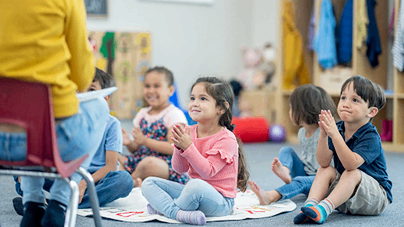
One of the best ways to ease anxiety is to visit the preschool before the first day. Even a short 30-minute visit can make a big difference. Let your child explore the classroom, look at the toys, and meet the teacher.
Say things like, “Look! That’s your cubby. You can put your backpack there every morning,” or “This is where you’ll paint and play with playdough!” Pointing out cozy spots like the reading corner with pillows and stuffed animals can make the space feel welcoming.
If the school offers an orientation day or a free trial class, be sure to attend. Many preschools also allow parents to stay with their children for the first few days or hours, gradually stepping back as the child becomes more comfortable.
The more your child gets to explore the environment with you by their side, the more confident they’ll feel when it’s time to go solo. A familiar setting gives children the courage to engage more freely on their own terms.
3. Create a Goodbye Ritual
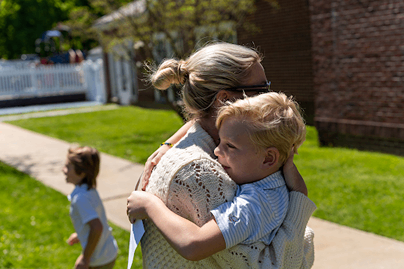
Saying goodbye is often the trickiest part of the preschool routine. A consistent and comforting goodbye ritual can help both you and your child part ways more easily. This ritual doesn’t have to be long or complicated—something as simple as a hug, a special handshake, and saying, “I love you. I’ll see you after snack time!” can work wonders.
Some families also create a “secret phrase” like, “Go be awesome!” that becomes their morning mantra. Whatever you choose, keep it short, sweet, and consistent. Avoid sneaking out without saying goodbye, as that can cause confusion and distress.
Also, try not to linger too long. A quick and confident goodbye gives your child the message that preschool is a safe and happy place.
4. Label Everything
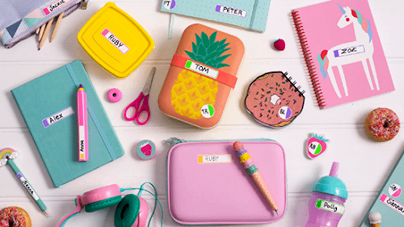
Preschool is full of little backpacks, water bottles, extra clothes, and tiny shoes—and things tend to get misplaced quickly. To help avoid lost items and teach your child some early responsibility, label everything clearly with their name. You can use waterproof name stickers, iron-on tags for clothing, or simply write with a permanent marker.
Some common items to label include your child’s backpack, water bottle, shoes or slippers, extra clothes (especially socks and underwear), lunchbox and utensils, hat, and even their favorite stuffed toy or blanket if they’re allowed to bring one.
Labeling not only makes it easier for teachers to keep track of your child’s things, but it also helps your child learn to recognize their own belongings. Seeing their name on items makes them feel proud and more independent.
Preschool Readiness Checklist for Parents
Here’s a handy checklist to help both you and your child feel ready for the big day:
A. Practical Prep
- Backpack (lightweight and easy to open)
- Extra clothes (including socks and underwear)- (if required)
- Water bottle
- Healthy snack or lunch (if required)
- Comfortable shoes
- Wet wipes/tissues
- All items clearly labeled with your child’s name
B. Emotional Prep
- Talk positively about preschool
- Read books about starting school
- Practice short separations at home or playdates
- Encourage self-help skills (putting on shoes, using the toilet, opening snacks)
C. Teacher Communication
- Share important health info, allergies, or concerns with the teacher
- Inform the school of any changes at home that may affect behavior
- Know the drop-off and pick-up routines
Settling Activities For Preschoolers to Adjust
These settling activities help children feel relaxed, happy, and safe during their first few days (and even weeks) in preschool. Let’s explore some creative and effective ideas!
1. "All About Me" Collage
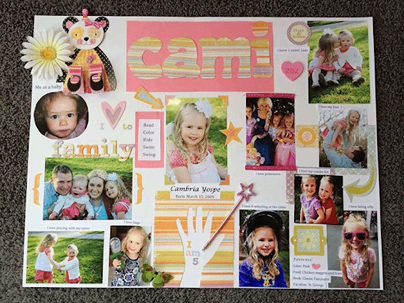
Before or during the first week, invite your child to create a small poster or collage all about themselves. Use photos of family members, pets, their favorite food, color, toy, or cartoon character. Add drawings, stickers, and even a handprint!
This activity makes the classroom feel more personal and welcoming. It also builds the child’s identity and helps teachers and peers get to know them better—like, “Oh, you love dinosaurs too? Me too!”
2. Morning Welcome Songs
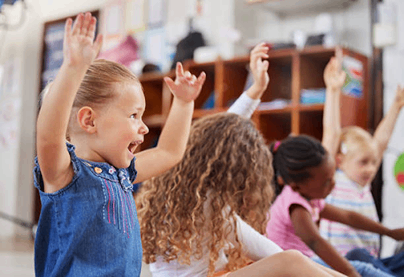
Start the day with a cheerful song that the children hear every morning. Singing together sets a happy tone, helps children recognize the start of the school day, and brings everyone together.
Try songs like:
- “Good morning to you, good morning to you, we’re all here together—there’s so much to do!”
- “If You’re Happy and You Know It” with added preschool themes
- “Hello [child’s name], how are you today?”
3. Emotion Matching Games
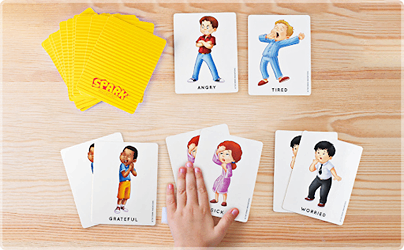
Preschoolers are still learning how to name their feelings and starting school brings up a lot of them. Use emotion cards, face mirrors, or plush toys that show different emotions like happy, sad, nervous, or excited.
Activities could include:
- Matching a card to how they feel that day
- Making faces in the mirror and guessing the emotion
- Talking about what makes them feel each emotion
- Teachers can do daily check-ins by asking, “Can you show me how you're feeling today with one of these cards?”
It teaches kids to learn emotions and lets them express themselves in a healthy way. When kids can name their feelings, they’re more likely to manage them with help.
4. Name Recognition Activities
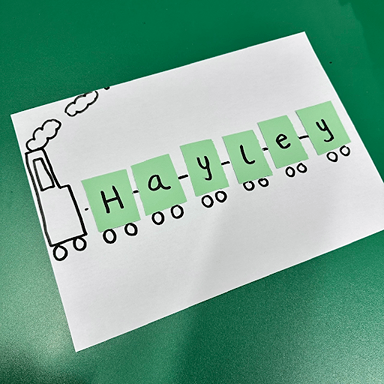
Help children recognize their names with simple, playful activities. You can use name puzzles (cut up their name and have them put it back together), name tracing sheets, or name tags for chairs and cubbies.
This builds early literacy skills and gives children a sense of ownership. Seeing their name around the classroom helps them feel like they belong.
5. Goodbye Photo Books
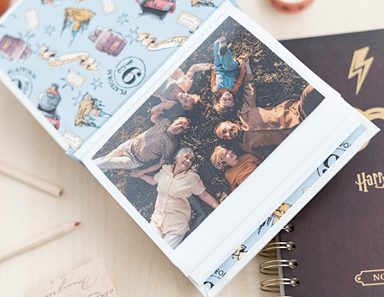
Create a small photo album with printed pictures of your child’s family, pets, favorite toy, or their bedroom. Laminate it if possible, and send it in their backpack or give it to the teacher.
The teacher can say, “Let’s take a look at your special book!” when the child is feeling sad or missing home. Children can even keep it in their cubby as a comforting item.
It acts as something that connects home and school. Seeing familiar faces helps soothe anxiety and reminds them they’re loved, even when you're not there.
6. Buddy System
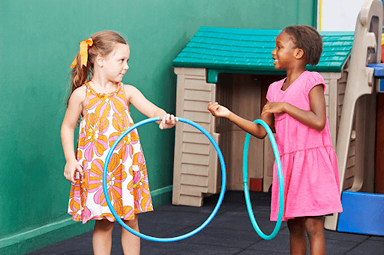
Pair each new student with a returning child who knows the ropes. This “preschool buddy” can help them during snack time, show them where the toys are, and walk with them during line-up.
For example:
- “Sasha, can you show Maya where we wash our hands?”
- “Eli, why don’t you sit next to Ben during story time today?”
Teachers can rotate buddies so children get to know everyone. Having a buddy builds instant connection. It reduces the feeling of being alone and models good behavior through peer support. Kids are often more willing to try something new when a friend is beside them.
Enroll Your Children to The Right Preschool!
Settling into preschool is a big step, but with the right activities and support, it can be a joyful and confidence-building experience for your little one. If you’re looking for the best early childhood education to support your child’s growth, look no further than Preschool & Kindergarten at Rockstar Academy.
As the Best Sports & Performing Arts Academy, your child will not only enjoy a strong academic foundation but also get the chance to participate in various physical activities, exciting events, and age-appropriate competitions that cater to different interests and skill levels.
Our combination of academic and physical activity classes also teaches valuable lessons in teamwork, resilience, and self-expression. With the caring support of our experienced teachers and a nurturing learning environment, your child will gain the confidence they need to thrive!
FAQ
My child cries every day at drop-off. What should I do?
It’s common, especially in the first week. Stay calm, keep goodbyes short and consistent, and trust the teacher. Most kids stop crying a few minutes after their parents leave. If the crying continues beyond a few weeks, discuss strategies with the teacher.
How long does it usually take for a child to settle into preschool?
It varies. Some children settle within a few days, while others take a few weeks. Consistency, patience, and a nurturing environment help speed the process.
Should I stay with my child in the classroom at first?
Some preschools allow short stays during orientation or the first day. After that, it’s best to establish a routine where the parent says goodbye and leaves, helping the child build independence.
